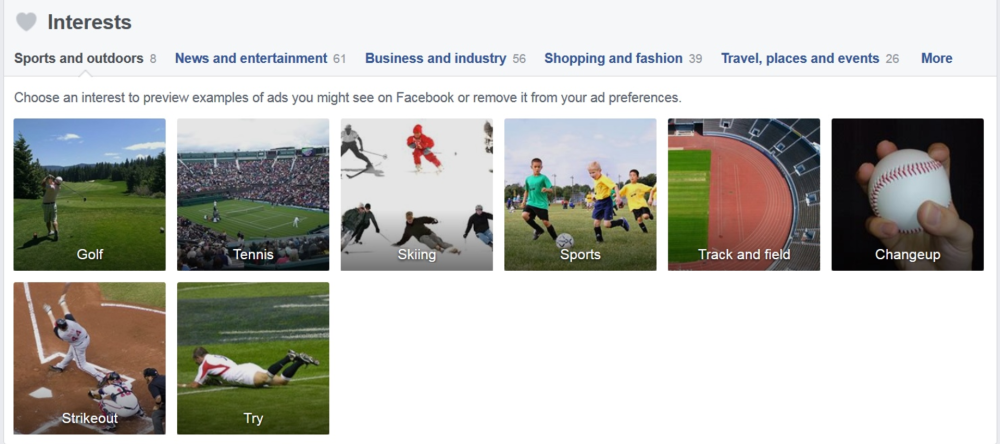Not all consumers may like this Facebook feature.
The social network announced this week that it would still show ads on its desktop property to people who have installed ad blocking software. And, like clockwork, an ad blocker released a patch almost as soon as Facebook announced the news.
Andrew Bosworth, Facebook’s VP of ads and business platform, justified Facebook’s decision in a post via Facebook’s newsroom page. Ads support Facebook’s ability to provide a free service, he writes. And instead of paying ad blockers to show previously blocked ads, Facebook is working to address ad blocker users’ main pain point—irrelevant, disturbing ads—by updating its ad preference capabilities.
“Rather than paying ad blocking companies to unblock the ads we show—as some of these companies have invited us to do in the past—we’re putting control in people’s hands with our updated ad preferences and our other advertising controls,” Bosworth writes.
Not everyone is taking Facebook’s updates lightly. Today, Adblock Plus, a free ad-blocking extension, posted a new filter on its website that will allow consumers to “re-block” Facebook ads on desktop.
Facebook introduced Facebook Ads in 2007, but it didn’t introduce ad preference tools until 2014. In 2014, it started explaining to consumers why they were shown certain ads on Facebook and began allowing them to add or remove interests that impacted the types of ads they saw.
Then, near the end of the year, Facebook made it possible for consumers to establish an ad preference setting on their browser and have it carry over to other devices. This was the same year Facebook introduced its Audience Network—a way for marketers to expand their campaigns beyond Facebook while still leveraging the same targeting and measurement tools.
Now, Facebook has simplified consumers’ abilities to add or remove interests that shape the types of ads that they see by breaking these interest areas down by category, such as “food and drink” or “sports and outdoors.” Consumers can also see which advertisers have their contact information and hide ads from those companies
“These improvements are designed to give people even more control over how their data informs the ads they see,” Bosworth writes.
Ads have certainly played a significant role in Facebook’s business. According to The New York Times, Facebook produced $3.69 billion in profit on $17.93 billion in revenue last year, with a majority coming from paid ads. So, ad blockers have thrown a huge wrench in its business models. And the number of people using ad blockers is growing. According to data from eMarketer, 69.8 million people will use an ad blocker this year in the U.S. alone—a 34.4% increase compared to last year.
However, there’s one major caveat in Facebook’s ad blocking override; it doesn’t mention mobile—a key player in its ad revenue stream. According to the aforementioned New York Times article, mobile ads generated 84% of ad revenue in Facebook’s most recent quarter.
USA Today notes that most ad blockers don’t work within mobile apps, including Facebook’s. The New York Times also reports that Facebook did not announce plans to bring its anti-ad blocking updates to the mobile browser.
So will the social behemoth find a way to unblock ads on smartphones, too? Like with many Facebook updates, marketers will just have to wait and see.








